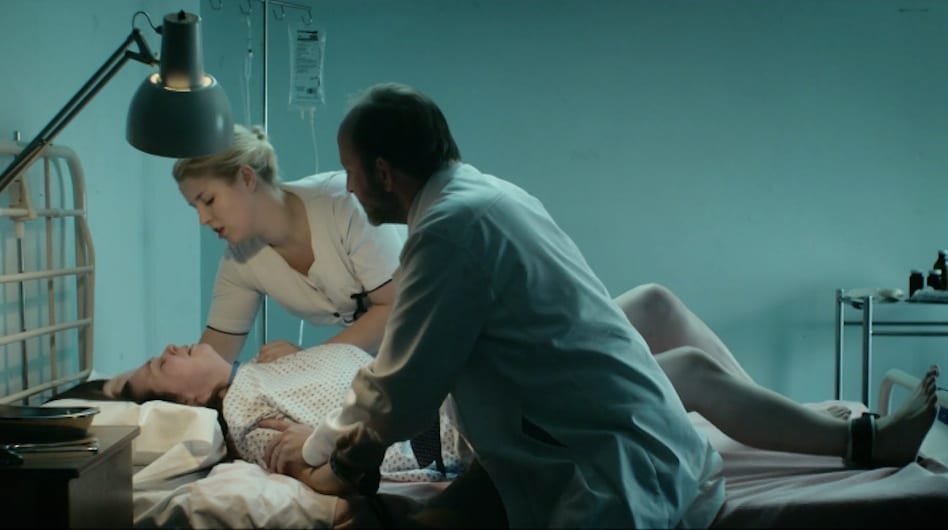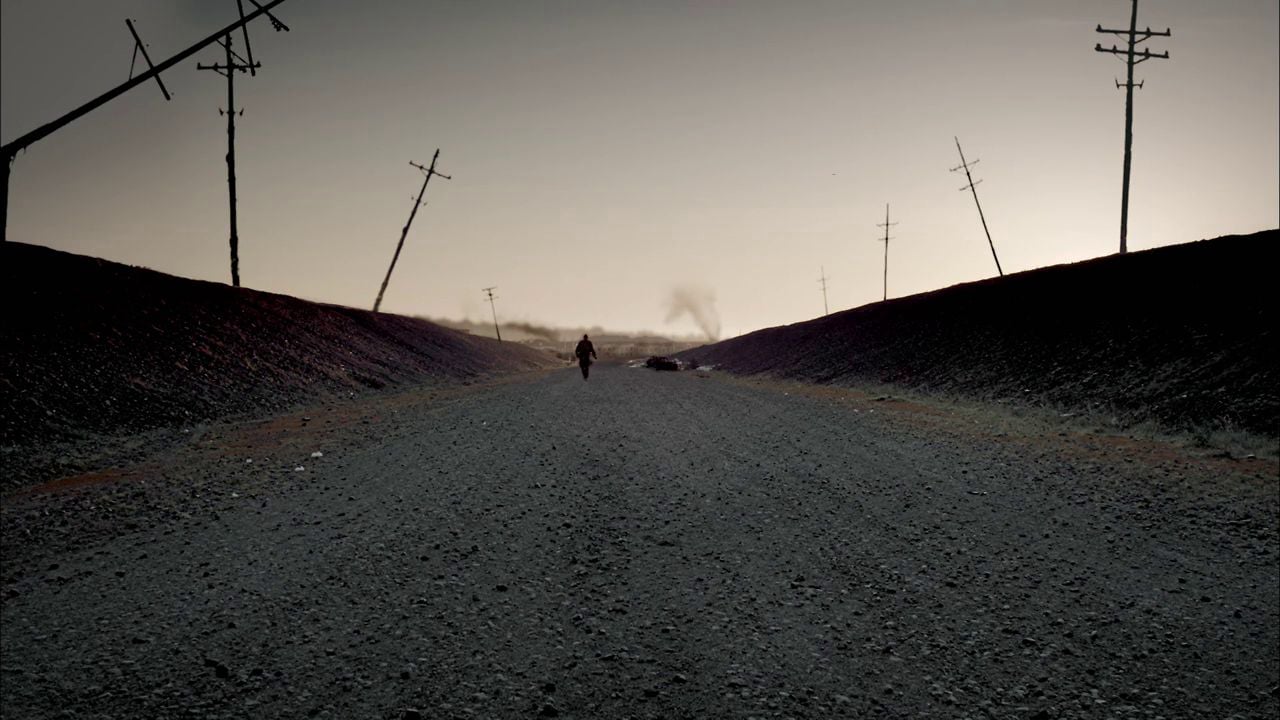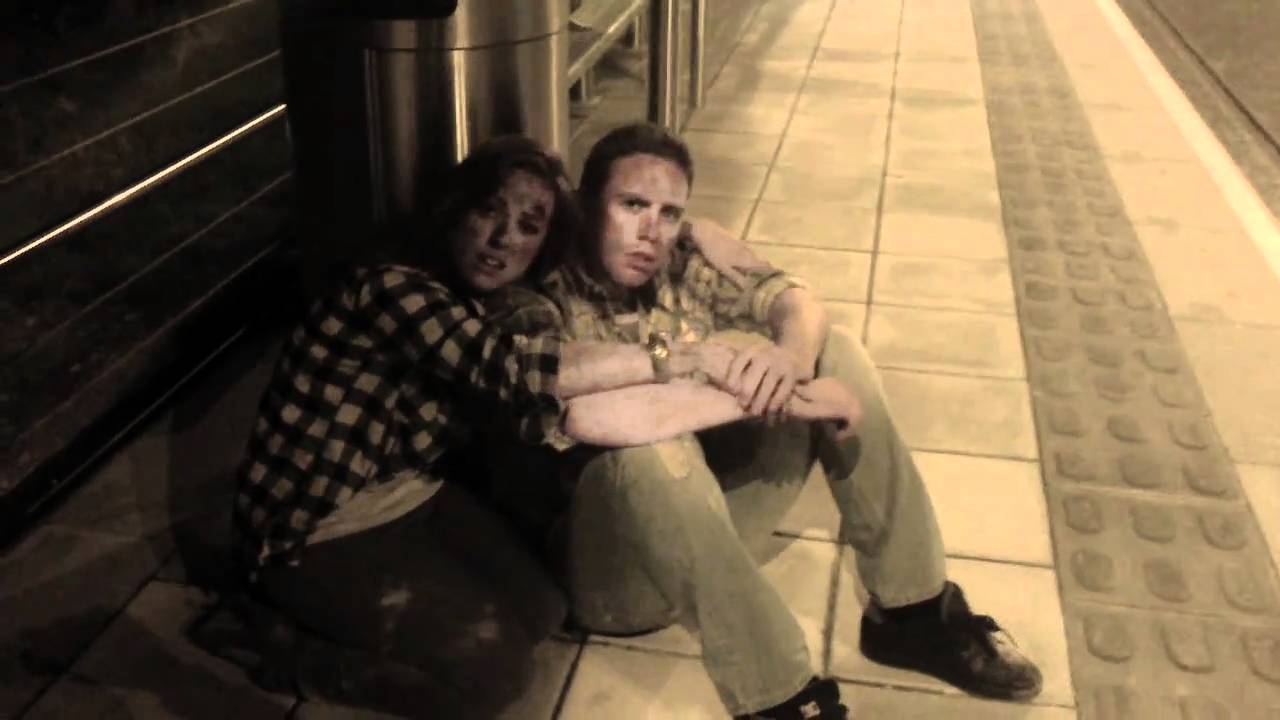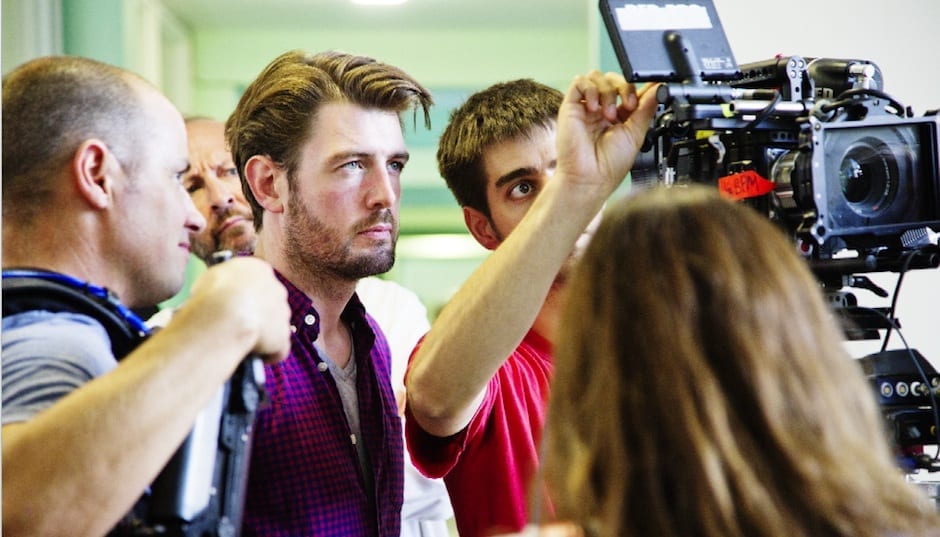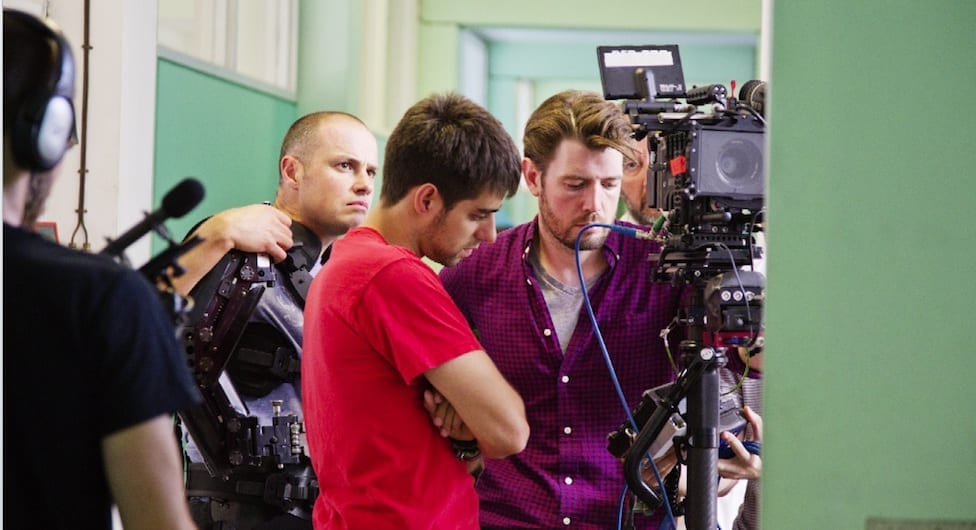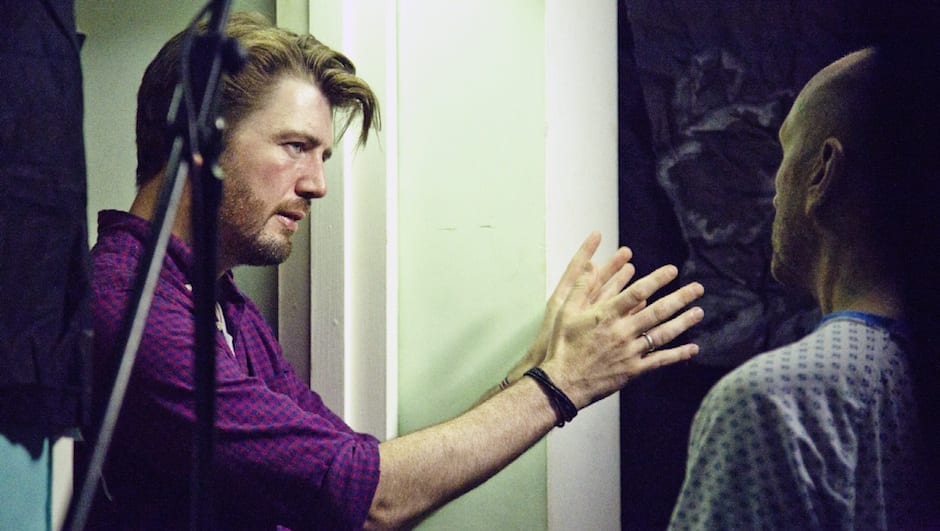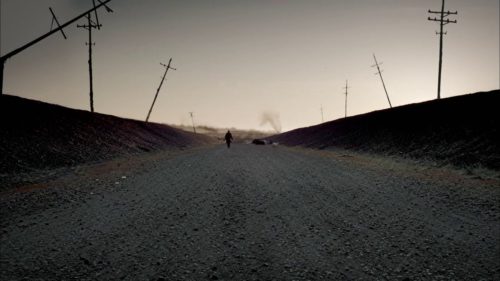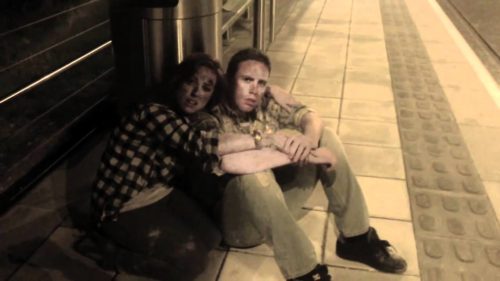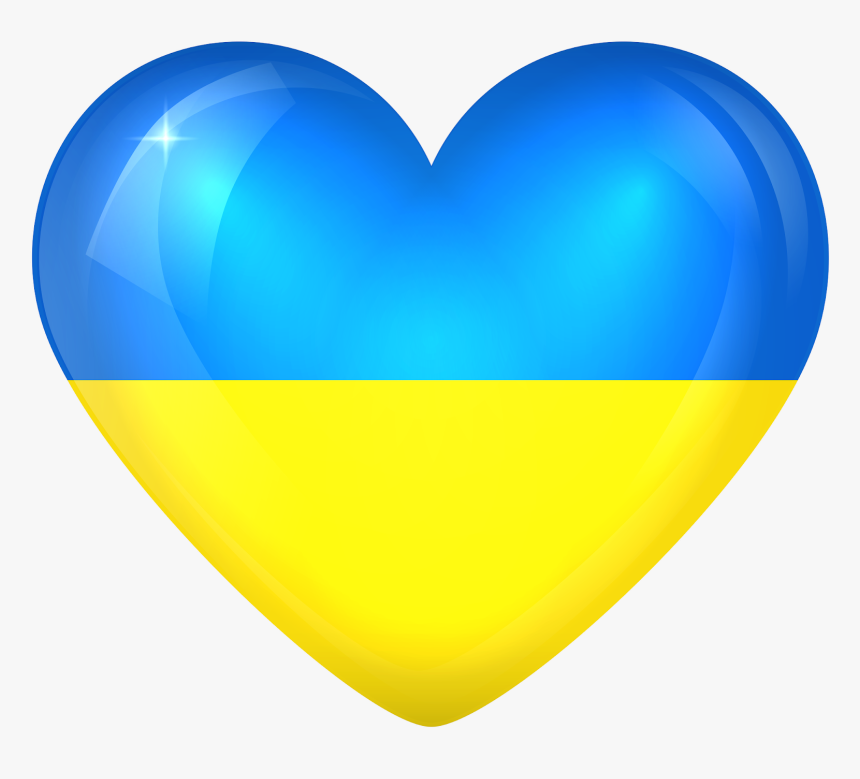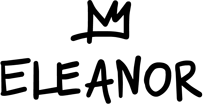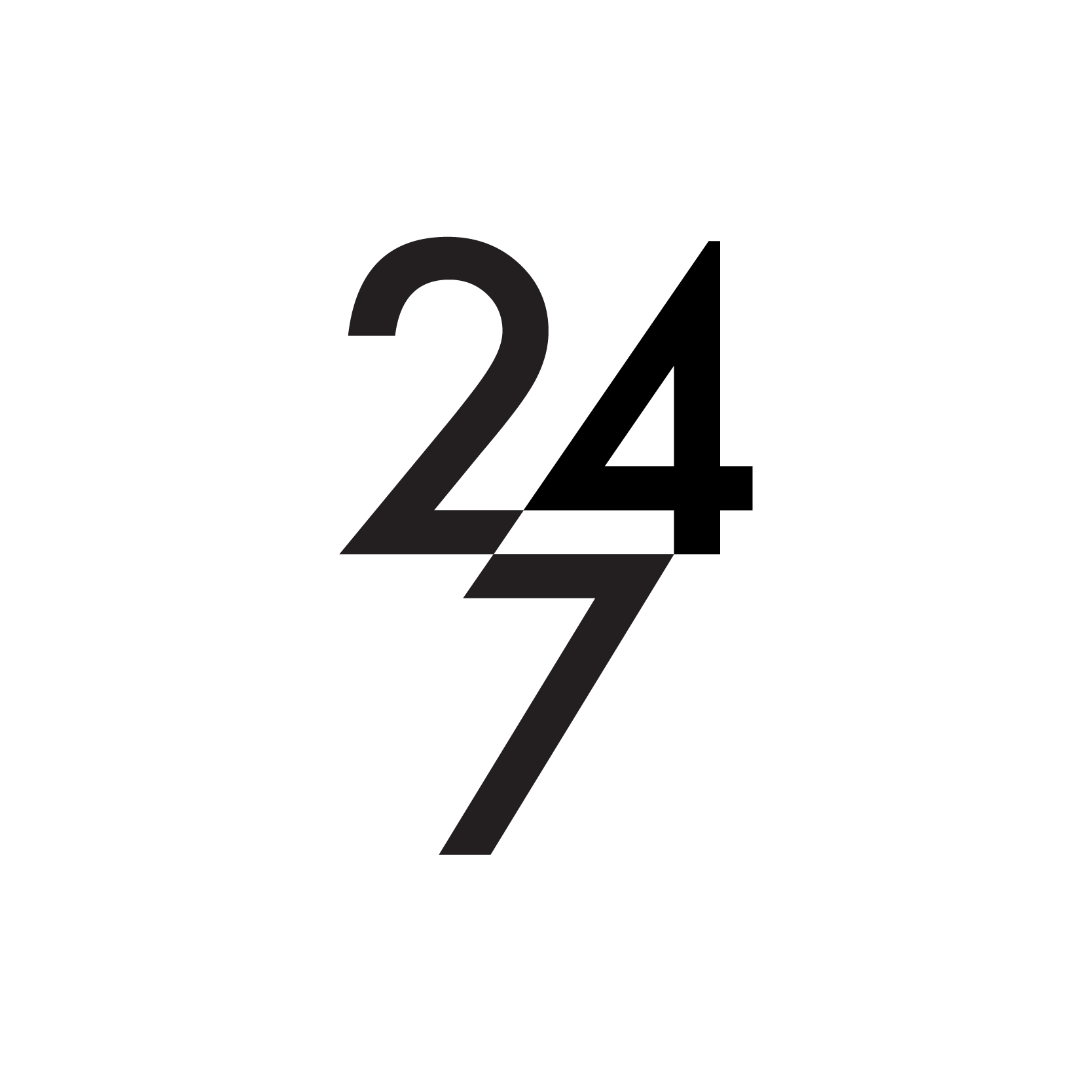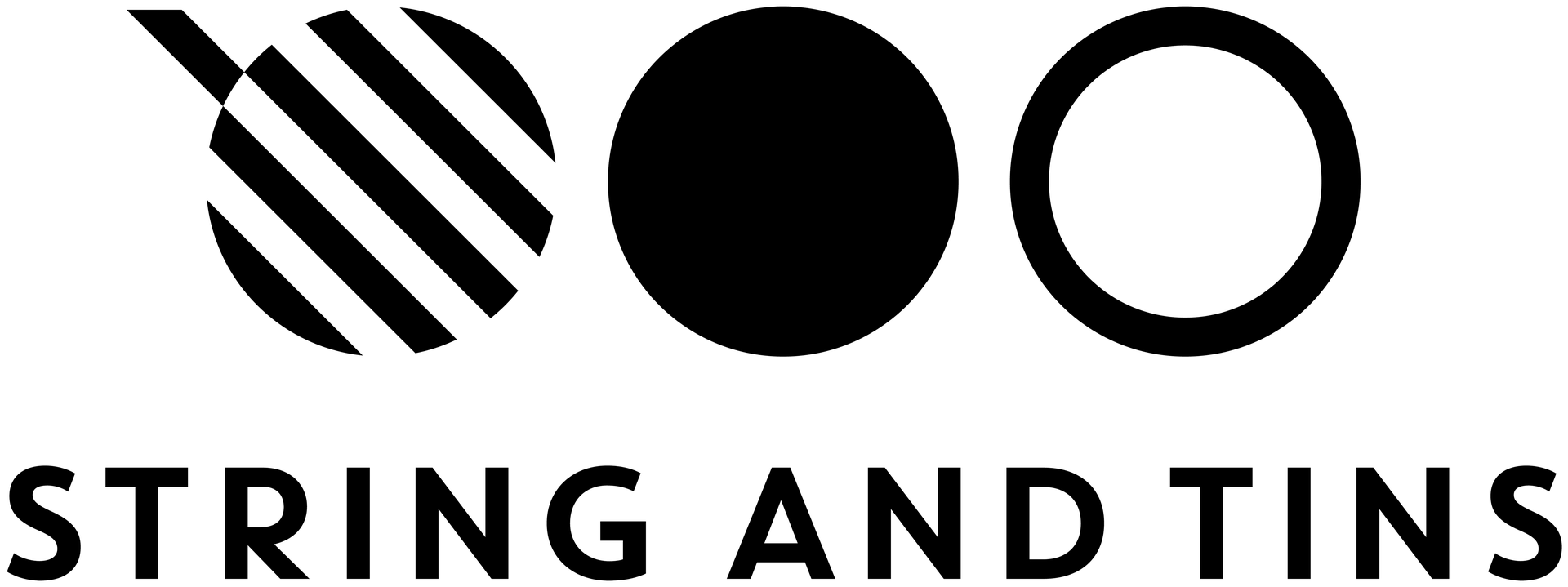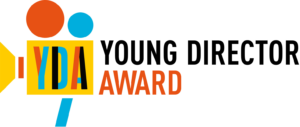You developed the script at the BingerFilmLab 2012. Please tell us about that creative process, did you have an initial idea that you’d already been working on?
Well I began to develop the feature script, The Third Wave, with an Irish production company, Tilted Pictures, in 2011. My producers, Rachael O’Kane and Rory Dungan, told me about the Binger FilmLab and recommended I apply. So I basically spent five months of 2012 living in Amsterdam, writing the script under the tutelage of amazing industry professionals and alongside 16 other incredible filmmakers from around the world. While I wrote on my own, I got great feedback from my fellow participants and, in turn, got to give feedback on their scripts. It was just a great and encouraging environment to write.
I returned to Ireland with a first draft of the script at which point the Irish Film Board came on board with development funding. With their support I wrote two further drafts and then we decided, ‘lets make a short film’, which is The First Wave. I had so many ancillary characters and stories from the development process that it was just a case of choosing the best one to write up. The origins story was a no brainer.
What previous experience have you had in directing film?
I’ve been making short films with Tilted Pictures since 2008. Our first film was a no budget prison musical, The Man in 301, that we hobbled together with borrowed, broken equipment and lots of favours. Fortunately it did well and we’ve since managed to make several short films through the various funding schemes in Ireland, as well as viral films for the likes of Sony Ericsson and Barnardos Ireland.
They all managed to travel to a lot of major festivals and pick up a few awards, which was great. However we knew that The Third Wave was very ambitious for a first time feature director and so we kept thinking of ways that we could help assure people that I could deliver. My last two short films, Handheld Horror Take 6 and The Tree, are also quite ambitious genre films but we thought a prequel showing where The Third Wave started would be a great thing to do.
It’s not a zombie film is it?
Not really and I fear this may be where I need to add a spoiler alert. I keep saying it’s a post-infection film. The First Wave basically shows how it all began, with the creation of a cure to this aggressive virus that spread through Ireland, transforming the infected into zombie-like monsters. It opens as a young woman, Allison, awakes in a hospital bed and from here the horrifying events that led her there are revealed through flashbacks of the outbreak.
For me the crux of it is that the cured remember everything they did while infected. It was the original starting point for the feature and the question I really wanted to raise in the short film. How do you live with the memories of killing and slaying, as if seen through trapped eyes? Can it really be called a cure?
The feature then follows two friends, Senan Browne and Conor Ryan, as they are released amongst the third wave of cured and it’s through their eyes that you see how this great hope has collapsed with a two-tier society emerging. Senan is welcomed back by his remaining family, though he is haunted by dark secrets, while Conor is rejected by his and becomes disenfranchised and powerfully subversive.
Now that you’ve developed the idea to this prequel stage what are the plans for further production?
The short film has been great in helping people see my vision for The Third Wave.
We’re now in the process of finding and cementing co-production partners and we also want to start casting soon too. I’m also itching to get going on another draft of the script. Ideally it would be great to shoot late this year but I don’t want to be too impatient.
What were the main challenges of the production thus far and how did you resolve them?
As with any short film the main challenge is money and resources. We had a very ambitious idea and a small budget to achieve it. But we hit the jackpot with our cast and crew. Aside from being ridiculously talented, everyone worked insanely hard and put their hearts and souls into it for us. I’m still a little dumbfounded by how much they all gave. There are too many to mention so I’m urging people to clap while reading the credits.
Specifically finding the location was a nightmare. We only had a three-day shoot and couldn’t afford time for location moves. So we needed one location to work for everything. We ended up having to go outside Dublin to a place called Arklow, where there was a disused, run-down office building. It took a lot of production design and some very clever shooting but it worked out really well.
LINKS:
